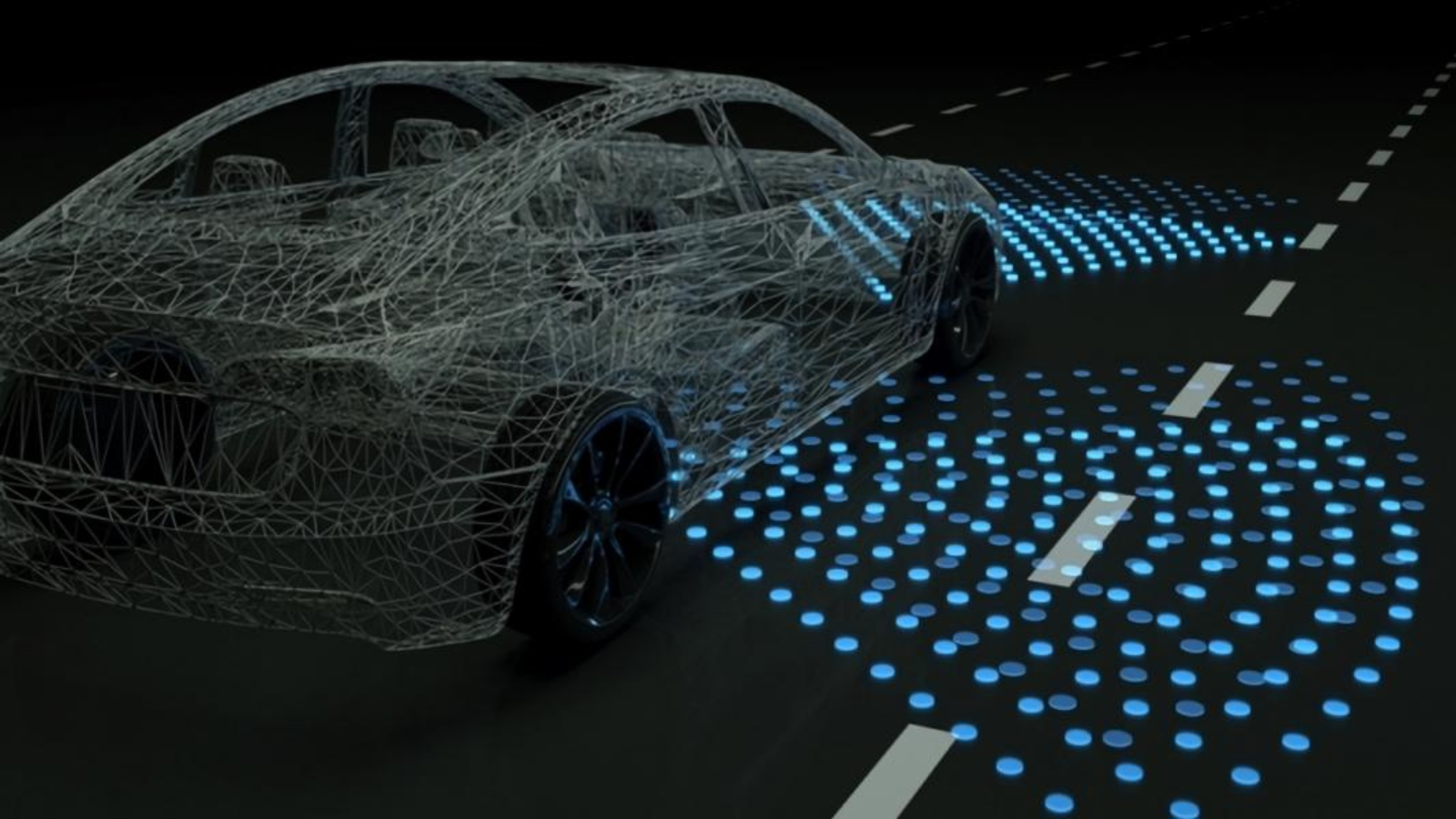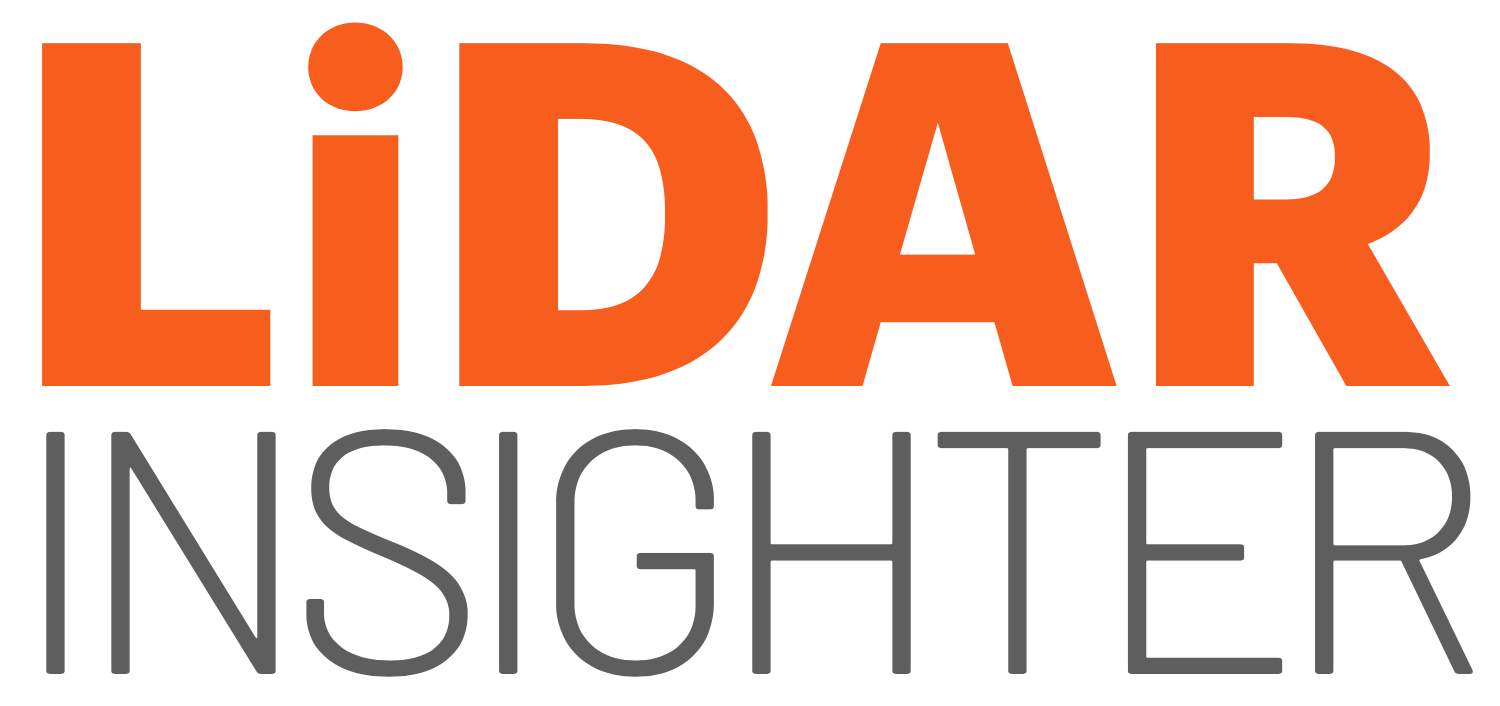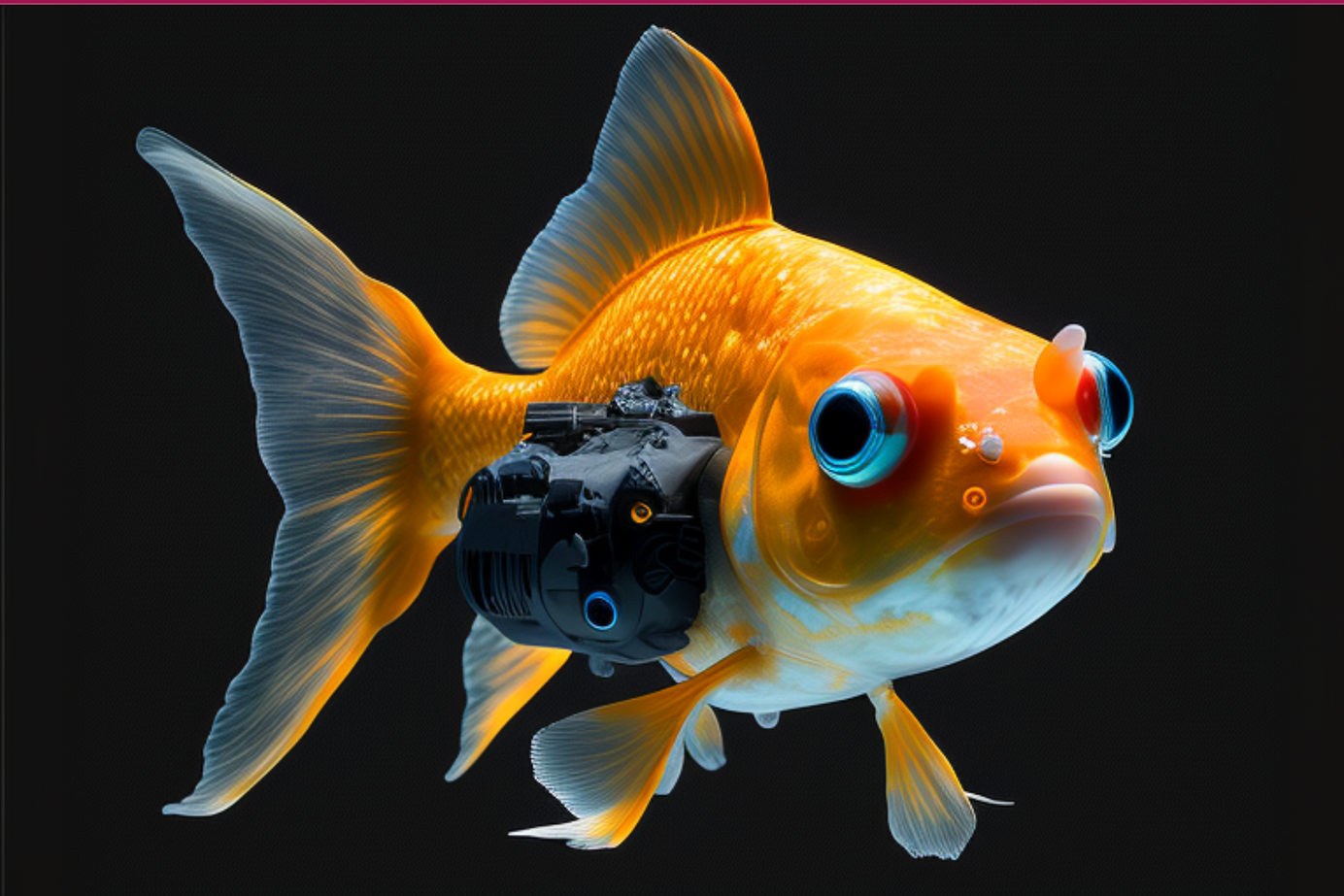
End-to-End Navigation enabled by LiDAR and Machine Learning
Machine Learning is being employed by MIT Researchers to Optimize Lidar - Could this be a breakthrough?
Lidar enables precise remote mapping of both tiny and big regions. It is used to map the road, obstructions, and other features in self-driving automobiles as well as in satellites to calculate elevation.
MIT researchers are currently using machine learning to interpret lidar data more thoroughly and instantly.
The algorithms on those cars collapse the 3D lidar data into 2D data, losing most of the detail in the process because a typical lidar sensor may create millions of depth data points per second, which quickly overwhelms data processing capabilities built into, say, cars.
The MIT researchers created innovative components for the deep learning model to better utilize GPUs in order to handle the significant computational burden of deep learning from huge lidar data rapidly enough to enable real-time driving.
According to Zhijian Liu, a PhD student at MIT and the paper's co-lead author, "we've optimized our solution from both algorithm and system perspectives, achieving a cumulative speedup of roughly 9x compared to existing 3D lidar approaches"
Early testing results demonstrate that the MIT system was able to withstand significant sensor failures and eliminated the requirement for human takeover.
This aids in shielding the system from deceptive inputs like jumbled lidar data during weather events.
“By fusing the control predictions according to the model’s uncertainty, the system can adapt to unexpected events,” said Daniela Rus, a professor of electrical engineering and computer science at MIT and one of the paper’s senior authors.
The researchers are optimistic that their work may pave the way for future self-driving systems that require less manual intervention to provide satisfying outcomes - from both programmers and drivers.
“We’ve taken the benefits of a mapless driving approach and combined it with end-to-end machine learning so that we don’t need expert programmers to tune the system by hand,” said Alexander Amini, the other co-lead author of the paper and PhD student at MIT.
LiDAR INSIGHTER Newsletter
Join the newsletter to receive the latest updates in your inbox.





